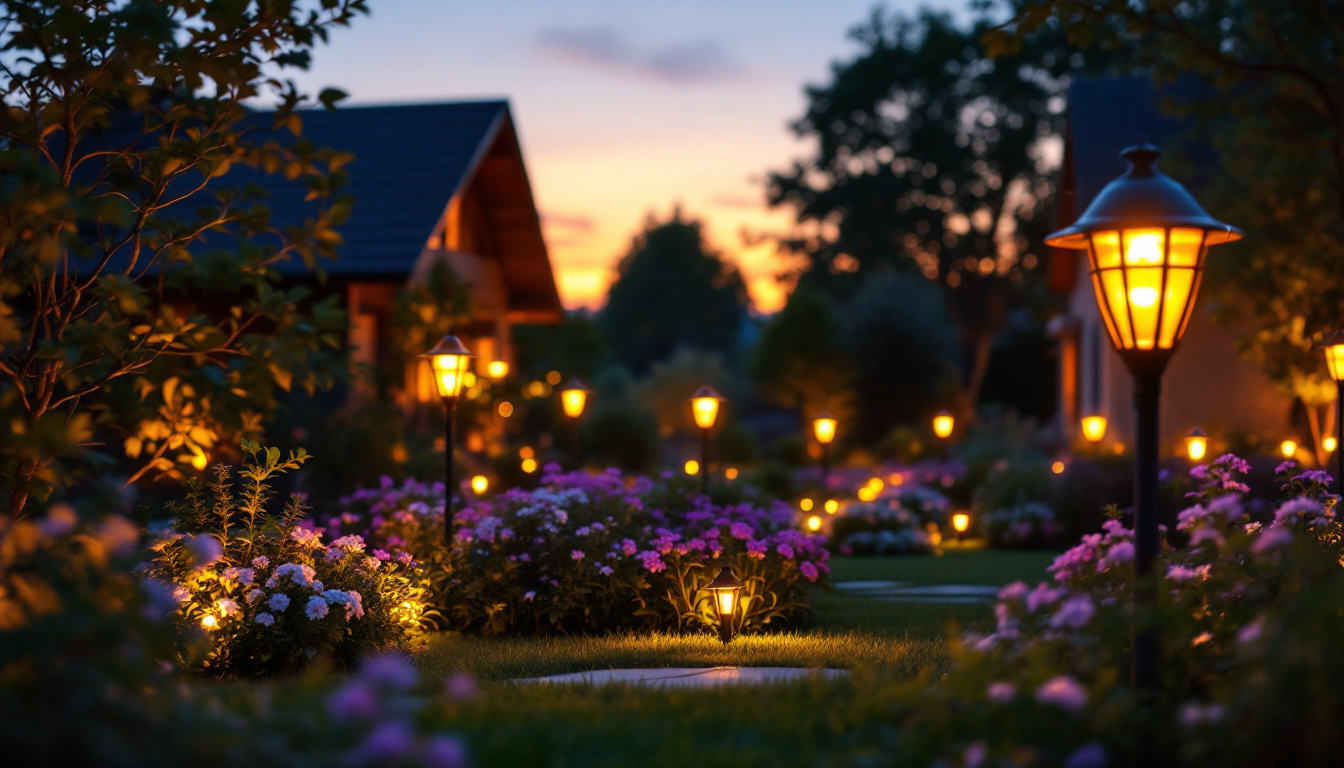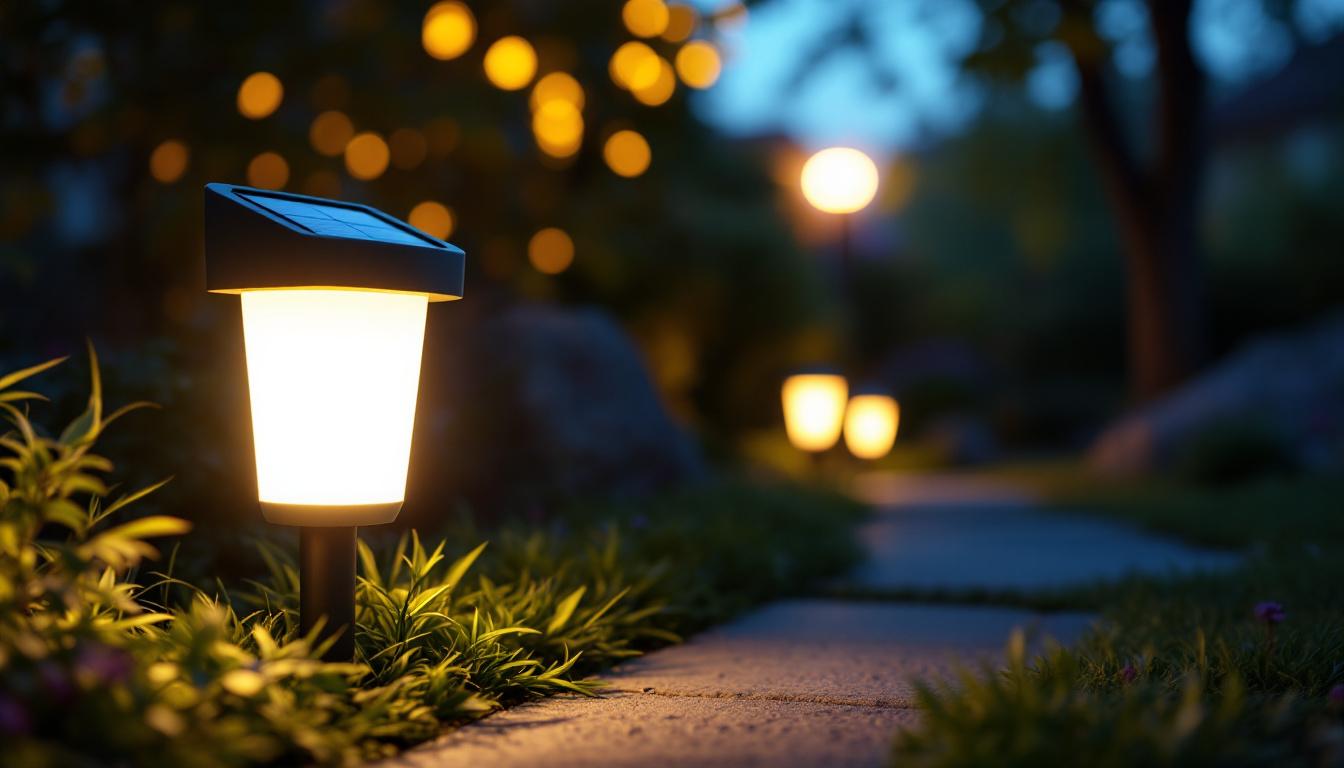
Cathedral ceilings are a stunning architectural feature that can elevate the aesthetic of any space. However, they also present unique challenges when it comes to lighting design and installation. For lighting contractors, understanding how to effectively illuminate these high, sloped ceilings is essential for creating a well-lit and inviting environment. This guide will explore various aspects of ceiling lights suitable for cathedral ceilings, providing valuable insights for professionals in the field.
Before diving into the specifics of lighting options, it’s important to grasp the characteristics of cathedral ceilings. These ceilings are typically characterized by their steep slopes and high peaks, often reaching heights of 12 feet or more. This design can create a dramatic effect, but it also complicates the lighting process.
One of the primary challenges is the height itself. Standard ceiling fixtures may not provide adequate illumination, and the placement of lights becomes critical. Additionally, the angles and slopes of the ceiling can influence how light is distributed throughout the space, making it essential to choose fixtures that can effectively address these factors.
Cathedral ceilings come in various styles, including traditional, modern, and rustic designs. Each style may require a different approach to lighting. For instance, a traditional cathedral ceiling may benefit from chandeliers or pendant lights that complement classic decor, while a modern space might be better suited for sleek, minimalist fixtures.
Understanding the specific style of the cathedral ceiling can help contractors select lighting that enhances the overall aesthetic while providing functional illumination. This consideration is crucial in ensuring that the lighting design aligns with the client’s vision for the space.
In addition to style, the materials used in constructing cathedral ceilings can also impact lighting choices. For example, a ceiling made of wood beams may create warm, inviting shadows that can be accentuated with strategically placed spotlights or wall sconces. Conversely, a ceiling finished in drywall may require different lighting techniques to avoid a flat appearance. The texture and color of the ceiling can play a significant role in how light interacts with the space, making it vital to consider these elements during the planning phase.
Moreover, the functionality of the space beneath the cathedral ceiling should not be overlooked. If the area serves as a gathering place, such as a living room or dining area, ambient lighting combined with task lighting will be essential to create a comfortable atmosphere. On the other hand, if the space is used for specific activities like reading or working, focused lighting solutions, such as adjustable recessed lights or track lighting, may be more appropriate. By carefully considering both the aesthetic and functional aspects of lighting, homeowners can maximize the beauty and utility of their cathedral ceilings.
When it comes to selecting lighting fixtures for cathedral ceilings, there are several options to consider. Each type of fixture has its own advantages and can contribute to the overall ambiance of the room.
Chandeliers are a popular choice for cathedral ceilings, as they can serve as a stunning focal point. Their height allows them to be installed at eye level, ensuring they are visible and impactful. However, it’s important to choose a chandelier that is proportionate to the space. A large, ornate chandelier can create a dramatic effect, while a smaller, more understated design may be better suited for a cozier atmosphere.
In addition to aesthetics, chandeliers can also provide ample light. Many modern designs incorporate LED bulbs, which offer energy efficiency and longevity. When installing chandeliers, consider using a dimmer switch to allow for adjustable lighting levels, enhancing the versatility of the space.
Pendant lights are another excellent option for cathedral ceilings. These fixtures can be hung at varying heights, allowing for creative arrangements that draw the eye upward. They work particularly well in areas such as dining rooms or kitchens, where focused lighting is needed.
When selecting pendant lights, consider the scale of the room and the height of the ceiling. Multiple pendants can be clustered together for a striking visual effect, or they can be spaced out to provide even illumination. Additionally, pendant lights come in a wide range of styles and finishes, making it easy to find options that complement the overall decor.
Recessed lighting is a versatile choice for cathedral ceilings, as it provides a clean and unobtrusive look. These fixtures can be installed directly into the ceiling, allowing for a streamlined appearance that doesn’t detract from the architectural features of the space.
One of the key benefits of recessed lighting is its ability to create layers of light. By strategically placing recessed fixtures throughout the ceiling, contractors can achieve a balanced distribution of light that enhances the room’s overall ambiance. Additionally, adjustable recessed lights can be angled to highlight specific features, such as artwork or architectural details.
Installing lighting in cathedral ceilings requires careful planning and execution. The height and slope of the ceiling can complicate the installation process, making it essential to take certain factors into account.
One of the primary challenges of working with cathedral ceilings is the height. Contractors must ensure they have the proper equipment to safely reach elevated areas. Scaffolding or extension ladders may be necessary, depending on the ceiling’s height and the type of fixtures being installed.
Accessibility is also a consideration. If the fixtures require maintenance or bulb replacement, it’s important to ensure they can be easily reached. This may involve selecting fixtures that are designed for easy access or planning for future maintenance during the initial installation.
Proper wiring is crucial for any lighting installation, but it becomes even more important in cathedral ceilings. The height and angle of the ceiling can complicate the wiring process, so contractors must ensure that all electrical work is up to code and safely executed.
Additionally, consider the placement of switches and dimmers. It’s important to position them in accessible locations that allow for easy control of the lighting. Smart home technology can also be integrated into the lighting design, providing clients with the ability to control their lighting remotely or through voice commands.
In addition to selecting the right fixtures, employing effective lighting techniques can significantly enhance the overall illumination of a space with a cathedral ceiling. These techniques can help create a warm and inviting atmosphere while addressing the unique challenges posed by the ceiling’s height and slope.
Layered lighting is a design technique that involves combining different types of lighting to create a well-balanced and versatile illumination scheme. This approach typically includes ambient, task, and accent lighting, each serving a specific purpose.
For cathedral ceilings, ambient lighting can be achieved through chandeliers or recessed fixtures, providing overall illumination. Task lighting can be incorporated through pendant lights or wall sconces, while accent lighting can highlight architectural features or artwork. By layering these different types of lighting, contractors can create a dynamic and inviting atmosphere that enhances the beauty of the cathedral ceiling.
Cathedral ceilings often feature unique architectural elements that can be accentuated through strategic lighting. For example, beams, trusses, or decorative moldings can be highlighted with recessed or track lighting, drawing attention to the craftsmanship of the space.
Using adjustable fixtures allows for flexibility in directing light where it is needed most. This not only enhances the visual appeal of the ceiling but also creates a sense of depth and dimension within the room.
In today’s environmentally conscious world, energy efficiency is a key consideration for lighting contractors. Selecting energy-efficient fixtures and bulbs can significantly reduce energy consumption while maintaining high-quality illumination.
LED lighting has become increasingly popular due to its energy efficiency and longevity. These bulbs consume significantly less energy compared to traditional incandescent bulbs, making them a sustainable choice for lighting cathedral ceilings. Additionally, LED technology has advanced to provide a range of color temperatures and brightness levels, allowing contractors to customize the lighting to suit the needs of the space.
When installing LED fixtures, it’s important to ensure they are compatible with the existing dimming systems. Many modern LED fixtures are designed to work seamlessly with dimmers, providing clients with the flexibility to adjust lighting levels as desired.
Integrating smart lighting solutions into cathedral ceiling installations can enhance energy efficiency and convenience. Smart lighting systems allow users to control their lighting remotely, set schedules, and create customized lighting scenes.
These systems can also provide energy usage reports, helping clients monitor their consumption and make informed decisions about their lighting. By offering smart lighting options, contractors can provide added value to their clients while promoting sustainability.
Illuminating cathedral ceilings presents unique challenges and opportunities for lighting contractors. By understanding the characteristics of these ceilings and selecting the appropriate fixtures and techniques, contractors can create stunning lighting designs that enhance the beauty of the space.
From chandeliers and pendant lights to recessed fixtures and smart lighting solutions, there are numerous options available to achieve the desired effect. By considering factors such as height, accessibility, and energy efficiency, contractors can ensure a successful installation that meets the needs of their clients.
Ultimately, the goal is to create a well-lit environment that complements the architectural features of the cathedral ceiling while providing functional illumination. With careful planning and attention to detail, lighting contractors can transform these spaces into inviting and beautifully lit areas that leave a lasting impression.
Ready to elevate your cathedral ceiling projects with premium lighting solutions? Look no further than LumenWholesale, where we offer an extensive selection of spec-grade lighting products at unbeatable wholesale prices. Say goodbye to middleman markups and hello to high-performance lighting that meets the highest industry standards. Plus, enjoy the convenience of bulk buying with free shipping, ensuring you get the best value without any hidden fees. Make your next project shine with quality, affordability, and convenience. Discover the perfect lighting for your cathedral ceilings at Wholesale Lighting at the Best Value.

Discover how lighting contractors can elevate their projects with garden lights solar solutions.

Discover the benefits of LED solar outdoor lights in this comprehensive guide.

Discover why 2X4 panel LED lights are revolutionizing the lighting industry for contractors.

Discover how 4-foot LED shop lights are revolutionizing the work of lighting contractors.